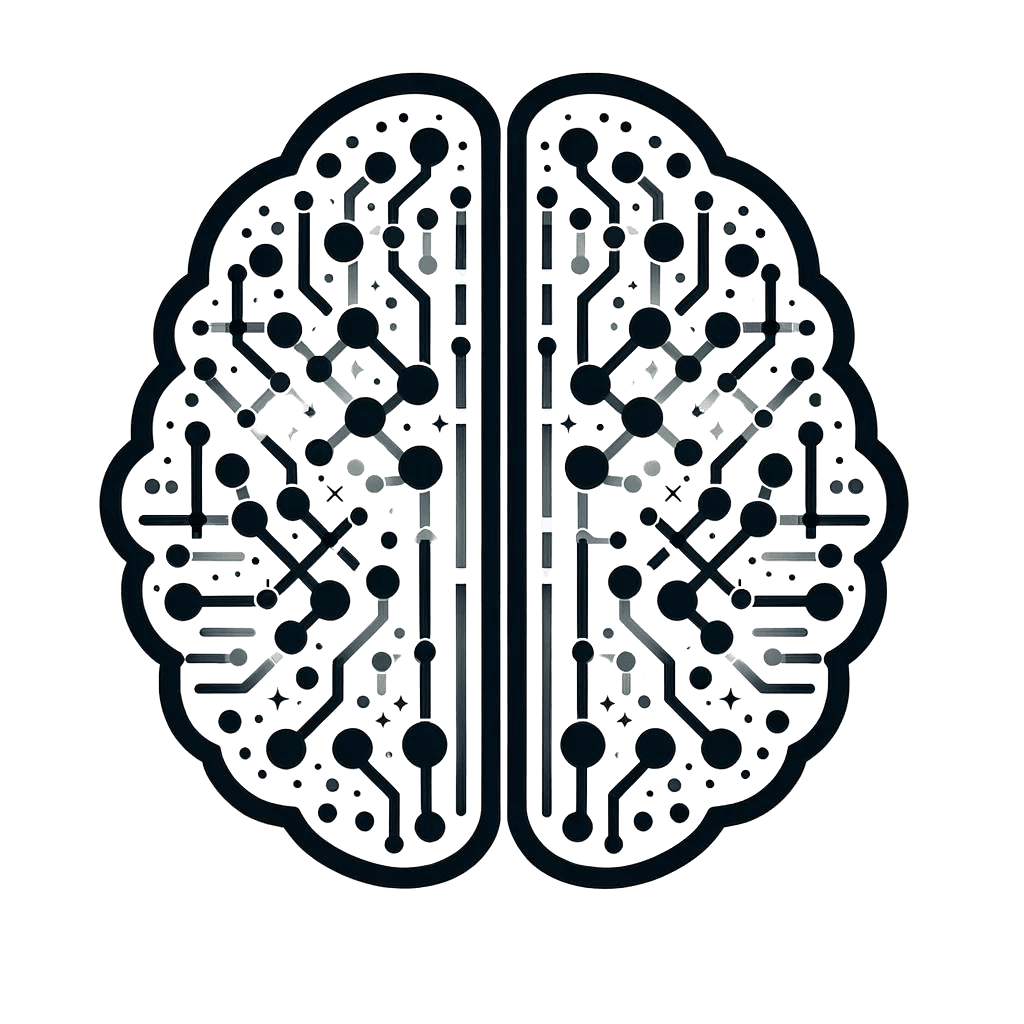Large Language Models
Large Language Models (LLMs) represent a significant stride in the field of artificial intelligence, particularly within the sphere of advanced language AI. These models, built on the principles of machine learning and natural language processing, excel in understanding, generating, and interacting with human language at an unparalleled scale.


Understanding Large Language Models (LLMs)
Large Language Models (LLMs) represent a significant stride in the field of artificial intelligence, particularly within the sphere of advanced language AI. These models, built on the principles of machine learning and natural language processing, excel in understanding, generating, and interacting with human language at an unparalleled scale.
Key Highlights of LLMs:
- Definition: LLMs are AI Language Models developed to process, understand, and generate human-like text based on the context of vast datasets they are trained on.
- Significance: In the AI realm, LLMs are pivotal for their ability to mimic human linguistic patterns, making them integral to advancing AI's understanding and generation of natural language.
How LLMs Function:
LLMs operate on the foundation of neural networks, particularly transformers, which are adept at managing sequential data, such as sentences and paragraphs. The operational framework of LLMs involves:
- Data Analysis: Trained on extensive text corpora, LLMs analyze patterns, syntax, and semantics, learning to predict the next item in a sequence.
- Contextual Understanding: Through machine learning algorithms, LLMs grasp the nuances of context, enabling them to generate relevant and coherent responses.
- Adaptive Learning: Continuous training allows LLMs to improve over time, refining their language understanding and generation capabilities.
The pragmatic approach of LLMs in processing language has revolutionized fields such as content creation, customer service, and language translation, highlighting their versatility and potential in shaping the future of AI Language Models.
Technology Behind Large Language Models (LLMs)
he technology that powers Large Language Models (LLMs) is a sophisticated blend of natural language processing (NLP) and advanced machine learning algorithms. These components work in tandem to enable LLMs to understand, interpret, and generate human-like text, making them a cornerstone of advanced language AI.
Core Components of LLM Technology
Neural Networks At the heart of LLMs lie neural networks, particularly a type known as transformers. These are designed to handle sequential data, enabling the model to process and generate language based on the context of preceding words or sentences.
Training on Big Data LLMs are trained on vast datasets comprising diverse text sources. This extensive training helps the models to learn a wide range of language patterns, syntax, semantics, and idioms.
Contextual Understanding Through training, LLMs develop the ability to understand the context within which words are used. This is crucial for generating coherent and relevant text, as the meaning of words can vastly change depending on their context.
Algorithmic Innovations LLMs leverage advanced algorithms that allow them to predict the likelihood of a sequence of words, making them highly effective at generating text that is grammatically correct and contextually relevant.
Advanced Techniques in LLMs
Attention Mechanisms A key feature of transformer models is the attention mechanism, which helps the model to focus on relevant parts of the text when generating or interpreting language. This allows LLMs to maintain coherence over longer stretches of text.
Fine-Tuning After the initial training, LLMs can be fine-tuned on specific datasets to specialize in particular tasks or industries, enhancing their accuracy and relevance in those areas.
Scalability LLMs are designed to scale, meaning they can be trained on increasingly large datasets to improve their understanding and generation capabilities. This scalability is essential for adapting to the vast and growing amount of online text.
The technology behind LLMs represents a significant leap forward in the field of AI, enabling a wide range of applications from automated content creation to sophisticated conversational agents. As this technology continues to evolve, we can expect LLMs to play an increasingly central role in shaping the future of AI language models.
Unlock Your Business Potential with AI
Explore How Large Language Models Can Revolutionize Your Operations
Transforming Business Operations with Large Language Models: Practical Use Cases
Content Creation
LLMs can automate the generation of high-quality, relevant content for websites, blogs, and social media platforms, significantly reducing the time and resources required for content marketing efforts.
Customer Service
Implementing LLMs in chatbots and virtual assistants can enhance customer service experiences by providing quick, contextually accurate, and human-like responses to customer inquiries, improving satisfaction and engagement.
Language Translation
LLMs can offer advanced translation services that go beyond word-for-word translation, capturing the nuances of language and cultural context, thus facilitating global business communication and expansion.
Market Research
By analyzing vast amounts of textual data from various sources like social media, forums, and customer feedback, LLMs can uncover insights about market trends, consumer preferences, and competitive intelligence, informing strategic decisions.
Email Automation
LLMs can be used to personalize and automate email communication, from marketing campaigns to customer follow-ups, ensuring relevance and engagement without manual intervention.
Document Summarization
In legal, academic, or corporate settings, LLMs can quickly summarize lengthy documents, reports, and research papers, saving time and highlighting essential information for decision-making.
Sentiment Analysis
LLMs can analyze customer feedback, reviews, and social media conversations to gauge public sentiment towards products, services, or brands, enabling proactive reputation management and product improvements.
Training and Development
LLMs can create customized training materials and interactive learning modules, adapting to the learner's pace and style, thus enhancing the effectiveness of educational programs.
Product Descriptions
E-commerce platforms can use LLMs to generate unique, compelling product descriptions at scale, improving SEO and conversion rates without the need for extensive copywriting resources.
Personalized Recommendations
By analyzing user interactions and preferences, LLMs can generate personalized content, product, or service recommendations, enhancing user experience and loyalty.
What is Large Language Models?
Large Language Models (LLMs) stand at the forefront of AI-driven language processing, offering unparalleled capabilities in understanding, generating, and interpreting human language. At Moravio, we harness the power of LLMs to revolutionize our IT outsourcing services, enabling advanced solutions in natural language processing, automated content creation, and intelligent customer support systems. By integrating LLMs into our workflow, we not only enhance operational efficiency but also deliver more intuitive and responsive services to our clients. This cutting-edge technology allows us to stay ahead in a rapidly evolving digital landscape, ensuring top-notch solutions tailored to the unique needs of our diverse clientele.
In crafting this comprehensive overview of Large Language Models, the LangChang tool has been instrumental in ensuring the content's accuracy, depth, and alignment with the latest advancements in the field.
Latest Stories
Here's what we've been up to recently.

Unveiling the Power of dlib: A Journey into Image Processing
Explore how dlib, renowned for its facial recognition and object detection capabilities, harnesses the Histogram of Oriented Gradients (HOG) method and Support Vector Machines (SVM) to transform images into condensed vectors for advanced analysis. Learn how the dlib library handles determining which images are similar and which are not.
4 min read | 01 Feb 2024

Digital Signatures Decoded: Custom Online Signing
Delve into the evolving landscape of online signing, comparing top platforms and unveiling the benefits of custom solutions like PDF.js and PDF-lib.js for modern businesses.
4 min read | 30 Jan 2024

Agricultural Apps & AI
Explore the revolutionary integration of AI and AR in agricultural technology
18 min read | 09 Jan 2024
